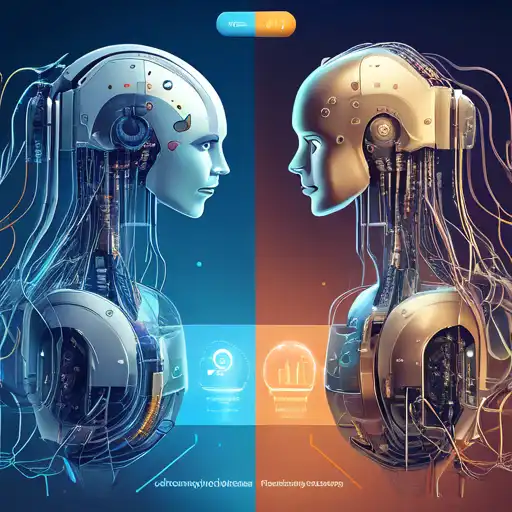Introduction to Machine Learning and Deep Learning
In the rapidly evolving field of artificial intelligence (AI), Machine Learning (ML) and Deep Learning (DL) stand out as two of the most significant and talked-about technologies. While they are often used interchangeably, they are not the same. This article delves into the key differences between ML and DL, helping you understand their unique characteristics, applications, and how they fit into the broader AI landscape.
What is Machine Learning?
Machine Learning is a subset of AI that enables systems to learn from data, identify patterns, and make decisions with minimal human intervention. ML algorithms are trained using large sets of data, and they improve their accuracy as they process more data over time.
What is Deep Learning?
Deep Learning, a subset of ML, mimics the workings of the human brain in processing data for use in detecting objects, recognizing speech, translating languages, and making decisions. DL algorithms are capable of learning unsupervised from data that is unstructured or unlabeled.
Key Differences Between Machine Learning and Deep Learning
Data Dependencies
One of the most notable differences is the amount of data each technology requires. DL algorithms require vast amounts of data to perform well, whereas ML algorithms can work with smaller datasets.
Hardware Requirements
DL algorithms are computationally intensive, often requiring powerful GPUs for processing. ML algorithms, on the other hand, can run on lower-end machines without the need for as much computational power.
Feature Engineering
In ML, feature engineering is a crucial step where domain knowledge is used to create features that make algorithms work. DL algorithms, however, can automatically discover the features to be used for classification, reducing the need for manual feature engineering.
Interpretability
ML models are generally easier to interpret and understand than DL models, which are often considered black boxes due to their complexity and the difficulty in understanding how they arrive at their decisions.
Applications of Machine Learning and Deep Learning
Both ML and DL have a wide range of applications across various industries. ML is widely used in spam detection, recommendation systems, and fraud detection. DL, with its ability to process and analyze large amounts of unstructured data, is revolutionizing fields such as autonomous vehicles, natural language processing, and healthcare diagnostics.
Conclusion
Understanding the differences between Machine Learning and Deep Learning is crucial for businesses and individuals looking to leverage AI technologies. While ML offers simplicity and interpretability, DL provides unparalleled accuracy and the ability to handle complex, unstructured data. The choice between ML and DL depends on the specific requirements of the project, including the size of the dataset, the complexity of the problem, and the available computational resources.
For those interested in diving deeper into AI technologies, exploring AI basics and data science fundamentals can provide a solid foundation.
